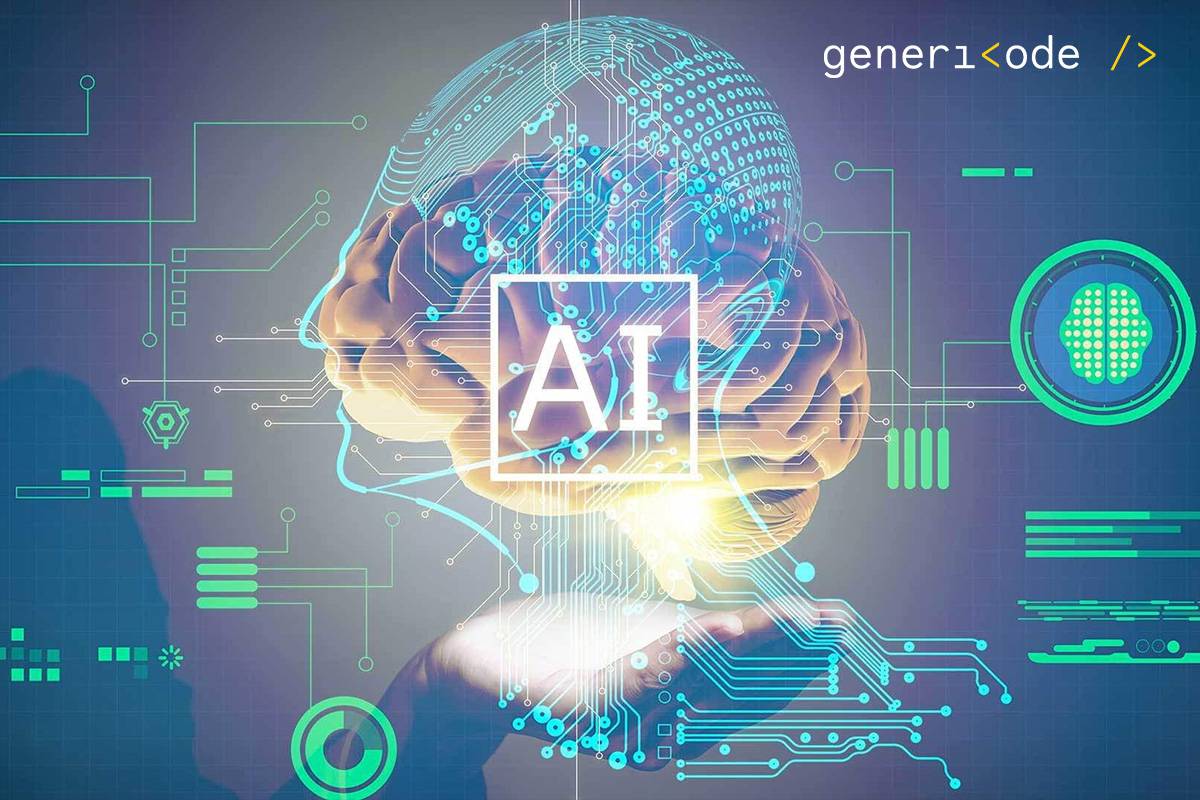Machine learning (ML) has evolved from a niche technology to the backbone of modern innovation, powering everything from healthcare diagnostics to self-driving cars. By 2030, the global ML market is projected to exceed $500 billion, driven by advancements in AI, big data, and automation. But as the technology races forward, it faces critical questions: What trends will dominate the next decade? What challenges could slow its progress? This blog explores the transformative trends, ethical dilemmas, and technical hurdles defining the future of machine learning.
What Is Machine Learning?

Machine learning is a subset of artificial intelligence (AI) where systems learn patterns from data to make predictions or decisions without explicit programming. From Netflix’s recommendation engines to fraud detection in banking, ML algorithms are already embedded in daily life. However, the next decade will push these systems beyond current limitations.
5 Key Trends Shaping the Future of Machine Learning

1. AutoML: Democratizing AI Development
Automated Machine Learning (AutoML) tools like Google’s AutoML and H2O.ai are enabling non-experts to build ML models with minimal coding. By automating tasks like feature selection and hyperparameter tuning, AutoML reduces development time by up to 80%, according to McKinsey. This trend is empowering startups and small businesses to compete with tech giants, democratizing access to advanced AI.
Also read: TailwindCSS vs. Traditional CSS: Which Is Better for Admin Panels in 2025?
2. Edge AI: Faster, Smarter, and Decentralized
Traditional ML relies on cloud computing, but Edge AI processes data locally on devices like smartphones or IoT sensors. This reduces latency, enhances privacy, and cuts bandwidth costs. For example, Tesla’s Autopilot uses edge computing to make split-second decisions. By 2025, Gartner predicts 75% of enterprise data will be processed at the edge.
3. Ethical AI: Tackling Bias and Building Trust
As ML systems influence hiring, lending, and policing, ethical concerns are mounting. Initiatives like the EU’s AI Act and tools like IBM’s AI Fairness 360 aim to eliminate bias in algorithms. For instance, LinkedIn revamped its recommendation engine to reduce gender bias in job ads. Ethical AI isn’t just moral—it’s a business imperative, with 85% of consumers demanding transparency, per PwC.
4. Quantum Machine Learning: The Next Frontier
Quantum computing promises to solve ML problems that are intractable for classical computers. Companies like IBM and Google are experimenting with quantum algorithms to optimize supply chains or discover new drugs. While still in its infancy, quantum ML could revolutionize industries by 2030.
5. Multimodal Learning Systems
Future ML models will process text, images, audio, and sensor data simultaneously. OpenAI’s GPT-4 and Google’s PaLM 2 already showcase this ability, enabling richer human-AI interactions. Imagine a healthcare AI that analyzes a patient’s speech, medical history, and lab results to diagnose diseases.
Also read: How to Choose a Mobile App Development Company
4 Major Challenges in Machine Learning’s Future

1. Data Privacy and Security
ML thrives on data, but regulations like GDPR and CCPA are tightening data usage. A 2023 Cisco report found that 94% of organizations face compliance hurdles when training ML models. Techniques like federated learning (where data stays on local devices) and homomorphic encryption (processing encrypted data) are emerging solutions.
2. The Scalability-Sustainability Dilemma
Training large models like GPT-4 consumes massive energy—equivalent to 1,000+ homes annually. This raises environmental concerns, pushing researchers to develop energy-efficient algorithms. Google’s Pathways architecture aims to reduce carbon footprints by reusing components across models.
3. Bridging the Talent Gap
Despite booming demand, only 10% of enterprises have the AI skills needed, per LinkedIn. Emerging economies face a steeper challenge, lacking access to ML education. Platforms like Coursera and Kaggle are bridging this gap, but systemic changes in STEM education are critical.
4. Explainability and Regulatory Risks
“Black box” ML models can’t explain their decisions, complicating compliance in sectors like finance. The 2024 EU AI Liability Directive will hold companies accountable for algorithmic errors, forcing a shift toward interpretable models. Tools like SHAP and LIME are making models more transparent.
Also read: Exploring Windows Server 2022 Standard: Key Features and Advantages
Real-World Applications: Where ML Is Headed
- Healthcare: ML predicts disease outbreaks and personalizes treatments. For example, DeepMind’s AlphaFold decodes protein structures to accelerate drug discovery.
- Agriculture: Startups like Blue River Technology use ML-powered robots to reduce pesticide use by 90%.
- Climate Science: Google’s Carbon Tracker employs ML to monitor global emissions in real time.
The Road Ahead: Predictions for 2030
- Personalized AI Assistants: Hyper-customized avatars managing work, health, and finances.
- AI-Driven Governance: Cities using ML to optimize traffic, energy, and public safety.
- Human-AI Collaboration: Surgeons partnering with AI for precision operations.
Conclusion
The future of machine learning is a blend of groundbreaking innovation and complex challenges. While trends like AutoML and Edge AI promise efficiency, issues like ethics and sustainability demand urgent attention. Success hinges on collaboration—between policymakers, developers, and end-users—to ensure ML benefits humanity equitably.

